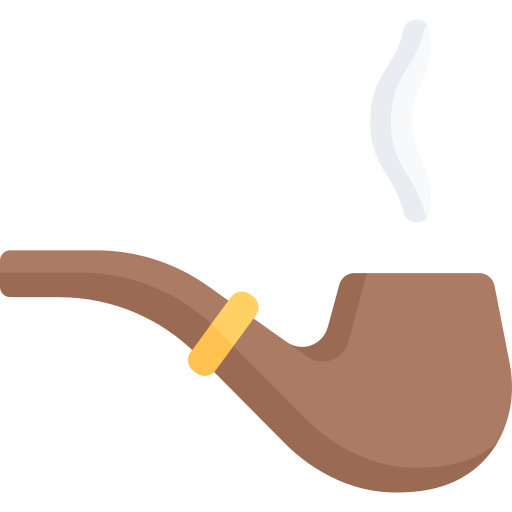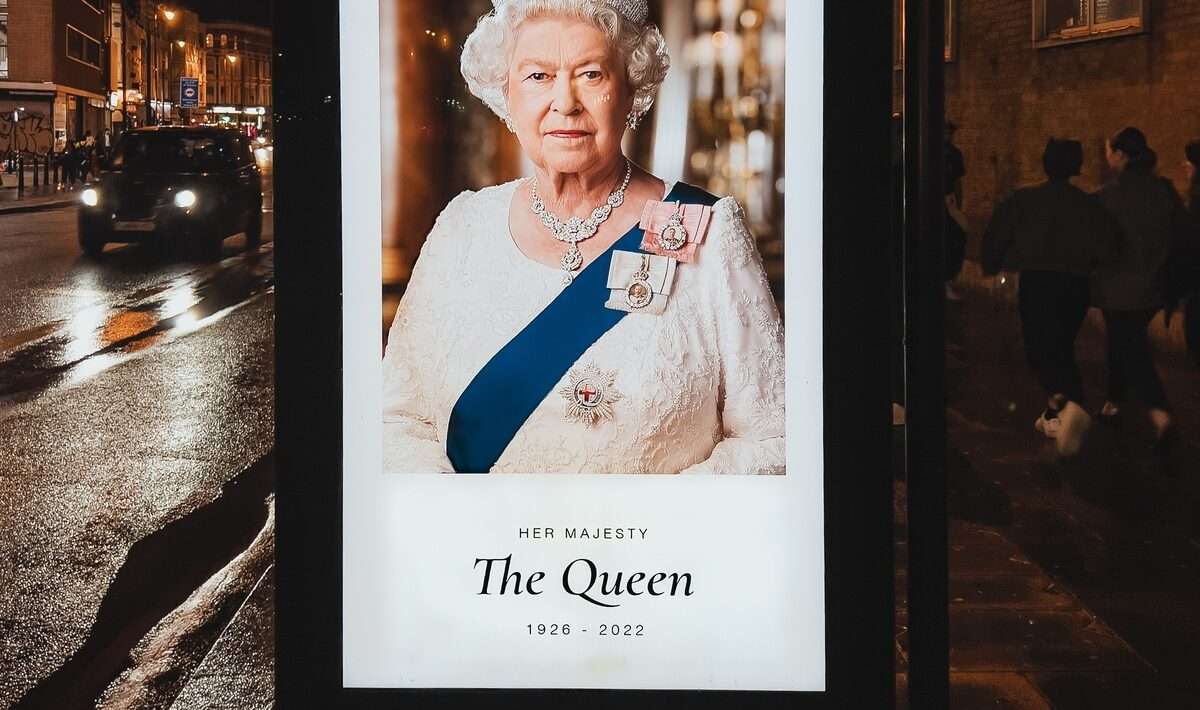The Marriage of Fashion and Theater
The Elizabethan era (1558-1603) was a time of artistic fusion, where fashion and theater intertwined to create a dazzling spectacle that delighted both the court and the common folk. One of the most captivating ways this union came to life was through masques and costume balls – events that blended fashion, performance, and social revelry.
Masques: Extravagant Theatrical Productions
Masques were elaborate courtly entertainments that combined music, dance, drama, and intricate costumes. These grand productions were often commissioned by the nobility and were designed to celebrate special occasions, such as royal weddings or diplomatic events. Masques provided an opportunity for the elite to showcase their creativity and wealth through opulent attire and imaginative performances.
Theatrical Costumes as Artistic Expressions
Central to masques were the theatrical costumes themselves. These garments were more than clothing; they were artistic expressions that conveyed characters, themes, and narratives. Costumes often featured luxurious fabrics, intricate embroidery, and extravagant accessories, creating a visual feast that captivated audiences.
Masking and Disguise
Masques often involved masking and disguise, adding an air of mystery and intrigue to the events. Participants would don elaborate masks and costumes, allowing them to embody characters from mythology, history, or literature. This element of anonymity and transformation added an extra layer of theatricality and excitement to the proceedings.
Creative Collaborations
Masques were collaborative endeavors that brought together artists, designers, musicians, and performers. Playwrights like Ben Jonson and composers like Henry Purcell contributed to the creation of these elaborate productions. Costume designers and tailors worked tirelessly to bring the imaginative visions to life, resulting in ensembles that were not only visually stunning but also deeply symbolic.
Celebrating the Season with Costume Balls
Costume balls were another form of theatrical expression that became popular during the Elizabethan era. These events allowed attendees to step into different personas through their attire, immersing themselves in a world of fantasy and play. Costume balls were not limited to the court; they were also embraced by the middle classes as a means of celebrating holidays and special occasions.
Fashion as a Language
Masques and costume balls showcased the power of fashion as a form of communication. Through their attire, participants conveyed messages about their personalities, affiliations, and aspirations. The theatrical elements of these events provided a unique platform for individuals to experiment with their identities and engage in social interactions.
Legacy in Modern Festivities
The influence of masques and costume balls can be seen in modern-day events like masquerade balls, themed parties, and theatrical performances. The tradition of using clothing and performance to create immersive experiences continues to captivate and inspire people across cultures and generations.
Theatrical Artistry Lives On
The theatrical element of Elizabethan fashion, as showcased in masques and costume balls, remains a testament to the era’s creative spirit and innovative approach to expression. The fusion of fashion and theater continues to be a source of inspiration for artists, designers, and event planners who seek to transport audiences to worlds of enchantment and wonder.
Conclusion
Masques and costume balls were more than mere events; they were windows into the enchanting world of Elizabethan fashion and theater. Through these immersive experiences, participants stepped into roles that allowed them to transcend their daily lives and explore the realms of fantasy and creativity. As we delve into the world of masques and costume balls, we celebrate the enduring legacy of these theatrical expressions that continue to captivate hearts and minds.

